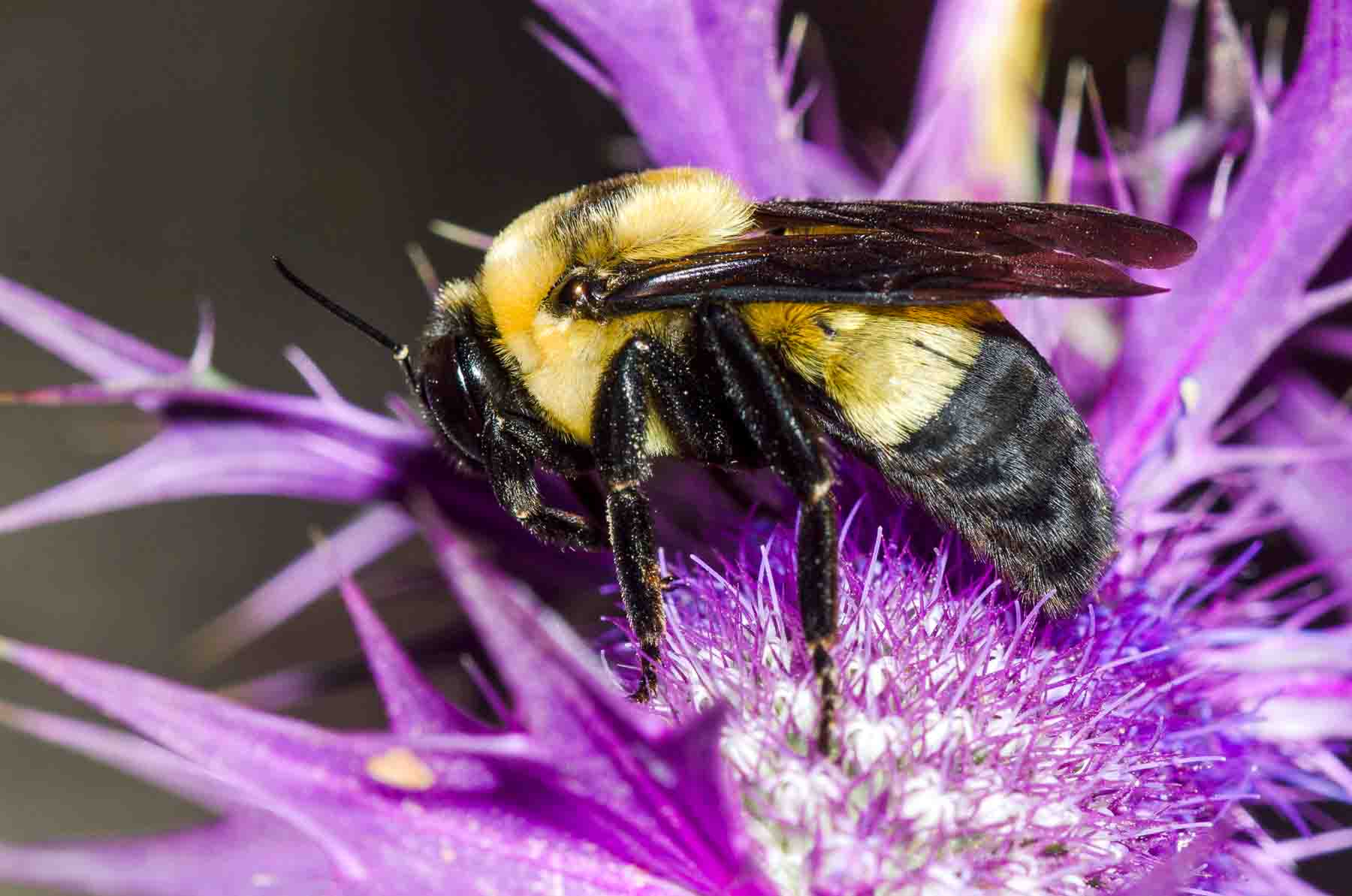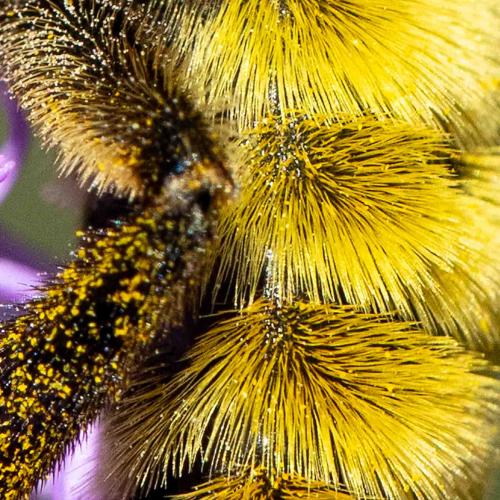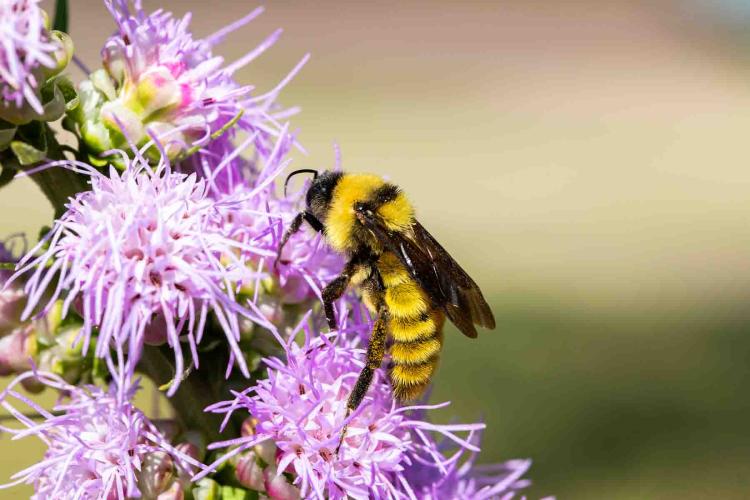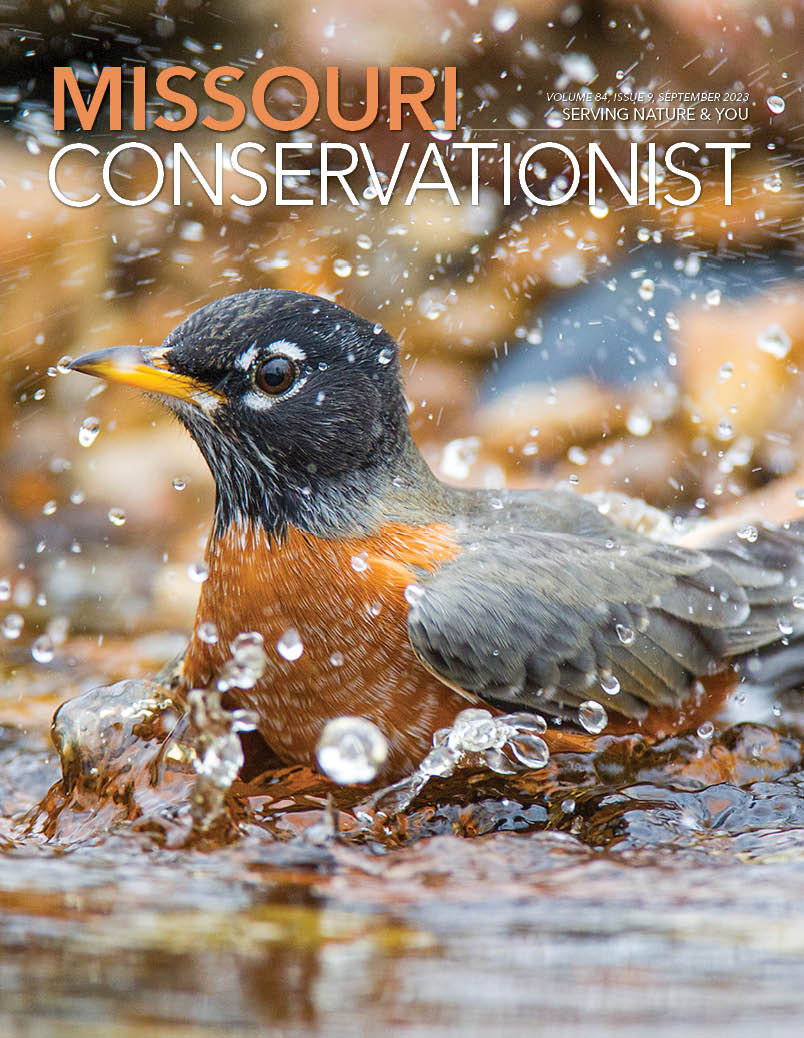Apply for Managed Waterfowl Reservations
MDC will open the application process Sept. 1
The pre-season reservation period for MDC’s managed waterfowl hunts will run Sept. 1–18 with results posted Oct. 1. The in-season weekly drawings will take place on Monday afternoons with a seven-day application period opening the Tuesday before and closing the Monday of the draw at 3 p.m.
Missouri residents and qualifying nonresidents, such as students from out of state or members of the military stationed in Missouri, can apply online for a reservation to guarantee them an opportunity to hunt on a specific day on a specific area. Residents and nonresidents can also arrive at a managed waterfowl hunting area the morning they wish to hunt and wait in line for the possibility of getting a hunting spot.
Applicants for waterfowl reservations must have their required permits to apply and their Federal Duck Stamp to hunt.
MDC offers managed waterfowl hunting on more than a dozen conservation areas specially managed with a focus on wetlands. Hunters can apply for a reservation or participate in a daily morning drawing for opportunities to hunt at these areas. MDC also offers waterfowl hunting on other conservation areas. In addition to our areas, Missouri offers waterfowl hunting opportunities at numerous other public and private locations around the state.
This fall, our waterfowl reservation system will offer 50 percent of daily hunting positions for the managed-hunt areas through online reservations. Of the 50 percent of spots through online reservations, half will be for pre-season applications and half will be allocated during a weekly in-season application period. The remaining 50 percent of spots will be held for hunters who participate in the daily morning drawing and wait in the “poor line” for the possibility of getting a hunting spot.
Successful pre-season and in-season reservation applicants will be notified after their respective draws via email or text message with their hunt date, location, and pill assignment. “Pills” designate the order hunting parties select their hunting locations on the area. The lower the number, the sooner hunting parties get to select their hunting location.
Only one member from each hunting party will be allowed to have a staff member pull a pill for their respective party. Residents and nonresidents can hunt with a reservation holder and hunting parties are limited to a maximum of four people.
Hunters with disabilities can apply to use ADA hunting blinds through the online reservation system during the same timeframe as the preseason application period. ADA blinds that are not selected and allocated during the preseason drawing will be placed in the weekly in-season draws.
For more information, visit short.mdc.mo.gov/Zj5. Information is also available in the Migratory Bird and Waterfowl Hunting Digest 2023–2024, available where permits are sold or online at short.mdc.mo.gov/4SZ.
Turkey Hunters: We Want Your Feathers
MDC is again asking Missouri turkey hunters to save and share feathers from their harvested wild turkeys. These feathers will help improve research models used to monitor turkey population trends and estimate turkey numbers across the state. Hunters who successfully harvest a turkey during either the archery turkey season or fall firearms turkey season can voluntarily submit feathers from their turkeys at no cost.
After Telechecking your turkey, retain the ninth and 10th primary wing feathers and three to five breast feathers. Once you have signed up for the program through the link below and Telechecked a turkey, MDC will mail you a feather submission packet containing additional instruction and a postage-paid envelope for the feathers to be placed inside and mailed back. You will receive one packet for each turkey you harvest during the fall seasons, so please be sure to keep each turkey’s feathers separate and labeled with the correct Telecheck ID.
For a feather submission form and more information, visit short.mdc.mo.gov/4mo.
If you have questions, email MDC’s Wild Turkey Management Program at wildturkey@mdc.mo.gov.
Corporal Kevin Powell
Adair County
Conservation Agent
Head to a creek and take a walk! It’s a great way to enjoy nature, especially with kids, while learning through exploration. Go after a rain, so water is flowing. If that’s not possible, find shallow pools that are easily waded. There you will find minnows, crawdads, and other aquatic life to observe. You may also find tracks to follow and identify. It’s an activity that requires little equipment — a backpack with snacks and water, a dip net, and an ID book, if you wish. Bring a trash bag to pick up trash and to pack out your own litter. September is a great time to plan a creek walk. To find a conservation area near you, visit short.mdc.mo.gov/Z9o.
Southern Great Plains Bumblebee
State Endangered

The Southern Great Plains bumblebee has been petitioned for listing under the Endangered Species Act. Historically, it was found throughout Missouri’s tallgrass prairie. The prairies’ floral diversity provided a range of bloom times and types that allowed these bumblebees to collect sufficient pollen to survive. This bumblebee is now limited to scattered prairies in southwest Missouri, the Loess Hill prairies in northwest Missouri, and the few remaining prairies in St. Louis.
Why It’s Imperiled
This bumblebee has declined due to the loss of the original tallgrass prairies, invasive species, neonicotinoids, and diseases spread from captive bumblebee populations.
MDC Restoration Efforts
MDC is working to understand where this bumblebee occurs and how populations are faring. The Missouri Bumblebee Atlas (mobumblebeeatlas.org) asks volunteers to capture and photograph bumblebees, while MDC works with Missouri State University to study the interaction between public land management and bumblebee populations.
What Can You Do?
Protect remnant prairies, plant native plants, and use pesticides sparingly. Plants, such as beebalm, wild indigo, and coneflowers, provide bumblebees with needed protein and fats and help fight off infection and process pesticides. The Bumblebee Atlas will be enrolling new volunteers in spring 2024. Individual sightings can be submitted at bumblebeewatch.org.




American Bumblebee
Bumblebees are large, fuzzy bees with a black and yellow, usually banded, coloration. Bumblebees are commonly seen foraging among flowers for nectar. They use their hind legs to carry pollen back home to feed their young. The American bumblebee (Bombus pensylvanicus) is threatened, and its population has plummeted drastically due to habitat loss, climate change, and widespread use of bee-killing pesticides.
And More...
This Issue's Staff
Editor - Angie Daly Morfeld
Associate Editor - Larry Archer
Photography Editor - Cliff White
Staff Writer - Kristie Hilgedick
Staff Writer - Joe Jerek
Staff Writer – Dianne Van Dien
Designer - Shawn Carey
Designer - Marci Porter
Photographer - Noppadol Paothong
Photographer - David Stonner






















